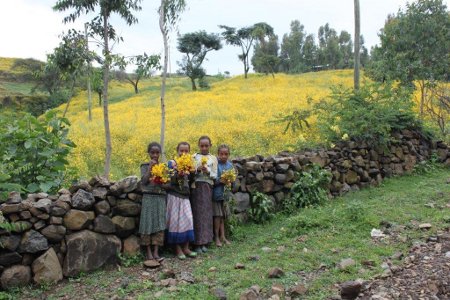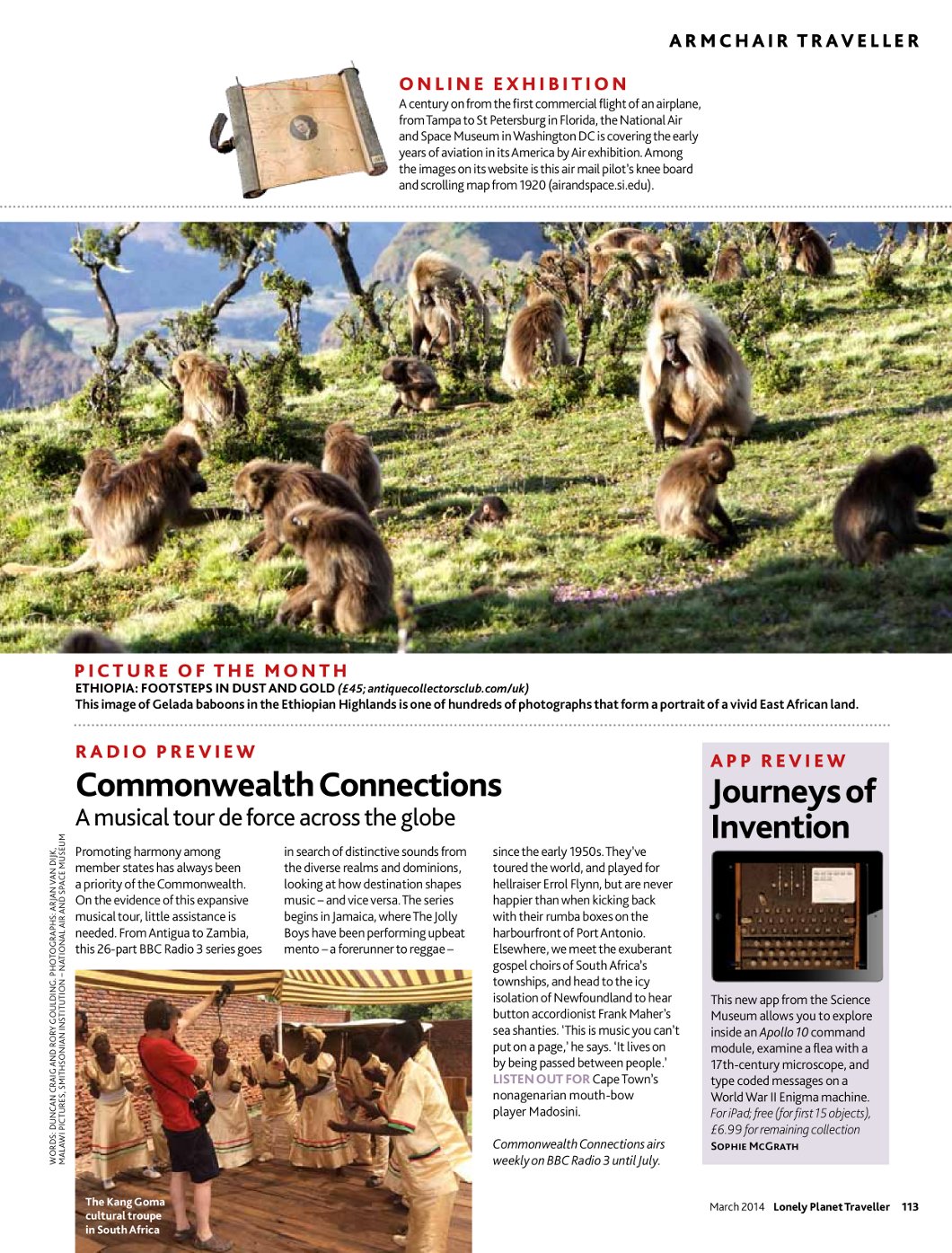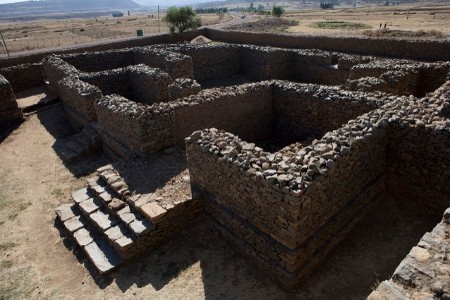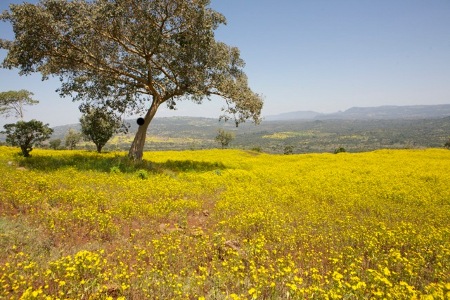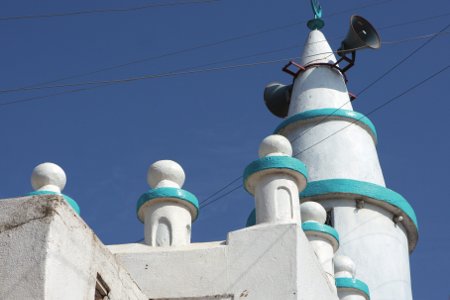
Many people think that Ethiopia is a Christian country. But there live many Muslims as well. Over one third according to the last census. Because many Muslims are pastoralist, and therefore difficult to include in a census, some people think that their number is larger. In many places in the country, such as here in Harar, one sees mosques and shrines. Compared with the rest of Northeast Africa, Muslims and Christians in Ethiopia live together fairly peacefully.
